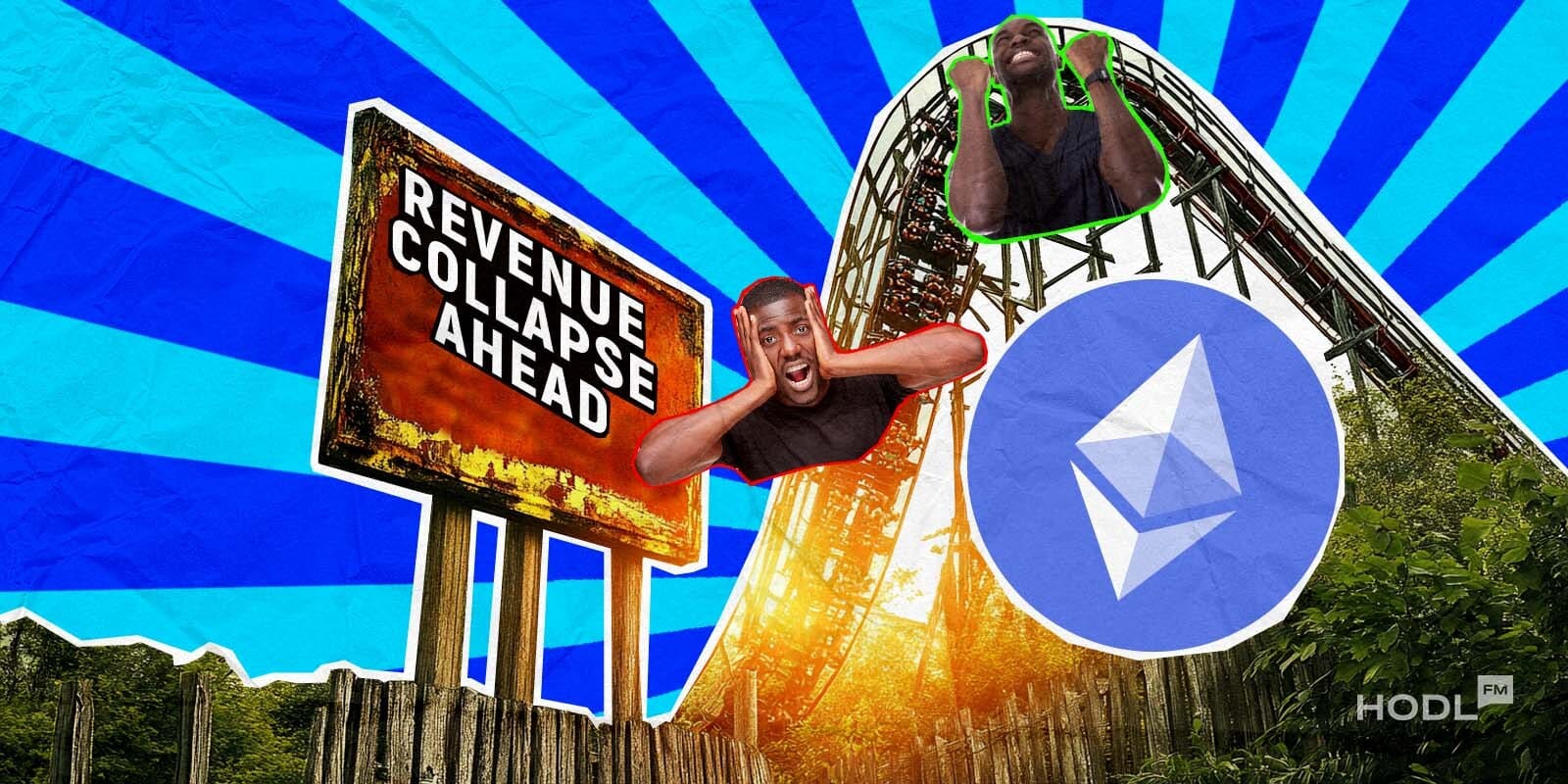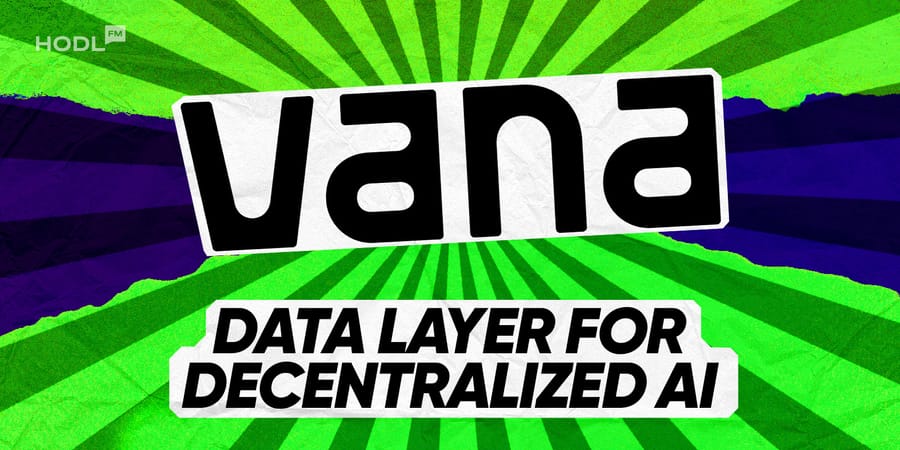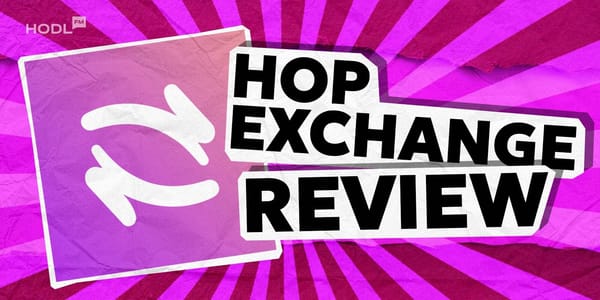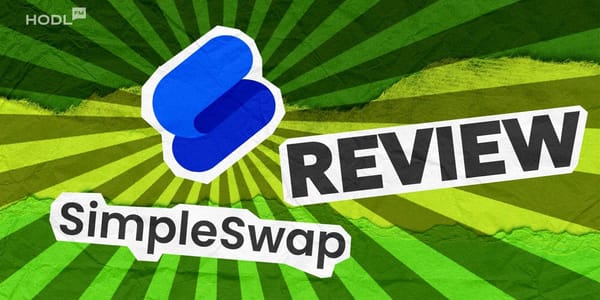Imagine a world where your personal data isn’t just a byproduct of your online life, but a valuable asset—all while you remain in control. Vana Network is making this vision a reality by transforming data ownership on a blockchain-based Layer 1 platform. With an ambitious aim to commoditize privately owned data and reward users for contributing to the AI training ecosystem, Vana is turning conventional data practices upside down.
The Data Ownership Conundrum
Today, artificial intelligence (AI) relies heavily on vast amounts of public data to train large language models (LLMs) and other applications. But what happens when the public data pool starts running dry? Meanwhile, the private data that belongs to individuals often remains untapped and underutilized. Vana Network’s solution is both elegant and disruptive: it leverages blockchain technology to unlock the value of privately owned data through a process called data tokenization.
At the heart of this innovative approach is the concept of DataDAOs—also known as Data Liquidity Pools (DLPs). Essentially, these are decentralized marketplaces where users are given the tools to contribute, tokenize, and sell their legally owned data. Instead of handing over your personal data for free, every time your information is used to train an AI model, you earn tokens as a reward. This mechanism ensures that high-quality, cross-platform datasets (think Gmail, Twitter, and Apple data tied to a user’s digital identity) are available for AI developers, and also establishes a fair economic model where data contributions are duly compensated.
A Two Birds, One Stone Solution
Vana Network creates a “two birds, one stone” scenario. On one side, users get rewarded for participating in the data economy, and on the other, AI systems have access to a treasure trove of previously inaccessible, high-quality data. This not only propels AI applications past their competitors but also creates a protective moat around successful models and the teams behind them, as quality data becomes a key differentiator in a crowded market.
Ecosystem Upgrades and the VRC-20 Standard
On March 31, Vana Network marked a significant milestone with the launch of its latest upgrade focused on liquidity-driven data markets. Enter the VRC-20 Data Asset Token (DAT), a standardized token design grounded in real, validated data. This new standard ensures continuous liquidity for DataDAOs, enabling even the smaller market players to participate on equal footing.
Common question about dataDAOs: why train AI on user-owned data vs data from companies?
— Anna Kazlauskas (@anna_kazlauskas) December 30, 2024
With data from users, you get better data - like accessing the same user's Gmail + Twitter + Apple data (tied to their wallet)
These cross-platform datasets are impossible to get in web2
Alongside token standardization, important changes were made to the structure of DataDAOs and the network’s validators. Previously, DataDAOs benefited from automatic VANA emissions. Now, each DAO must issue tokens compliant with the VRC-20 standard to qualify for liquidity support. In addition, DataDAOs are now mandated to implement a standardized infrastructure for data access. This includes utilizing specific data schemas, enforcing smart contract permissions, and ensuring secure compute execution—all crucial steps to synchronize the ecosystem and protect user data.
Validator staking has also seen an upgrade. Data validators on Vana can now be staked to earn rewards. This shift from the old DataDAO staking model underscores Vana Network’s commitment to reinforcing network security and reliability. Validators earn rewards based on a range of factors including network security, usage, uptime, and data availability.
Building a Robust Data Economy
The improvements don’t stop at technical upgrades. Vana Network is also fostering an ecosystem for innovation and development. The Grow Program, Vana’s initiative to support builders and developers through grants, is set to fuel exciting new projects. Additionally, the introduction of Data Market Makers (DMMs) will help ensure that DATs maintain ample liquidity, smoothing out market fluctuations and encouraging data trading environment.
Vana Network Architecture
Vana Network is organized into two main layers that work in tandem to realize its data economy vision:
- The Data Liquidity Layer: This is where data becomes an asset via tokenization. Vana’s innovative Proof of Contribution (PoC) consensus mechanism validates data before it is tokenized, ensuring that only high-quality datasets enter the market. Once tokenized, these datasets can be traded as DataDAO tokens or used directly in data governance processes.
- The Data Access Layer: Here, tokenized data goes to work powering AI models and data-driven applications. This layer functions similarly to a decentralized application (dApp) environment, where AI systems improve over time thanks to continual access to diverse and valuable data sources.
Privacy, Security, and True Data Ownership
Vana Network operates in a trusted execution environment backed by its unique Satya Validators. These validators serve as the gatekeepers of the network, ensuring that user data remains both private and secure. By maintaining strict control over who can access data and under what conditions, Vana Network reinforces the promise of true data ownership—an essential element that sets it apart in an era where personal data is often mishandled.
Driving the AI Economy Forward
The potential financial incentives are hard to ignore. The native token, VANA, powers the entire ecosystem. Now trading at a market capitalization of $180 million, VANA is used for network security, staking, governance, and as gas for transactions across the platform. Users are encouraged to stake VANA tokens at stake.vana.com, where current yields are roughly a 6% annual percentage rate (APR). This not only incentivizes participation but also aligns network growth with token value.
Furthermore, if you’re inclined to take an active role in this evolving landscape, Vana offers direct access to DataDAOs through its datahub. The platform clearly differentiates between verified and unverified DataDAOs, providing users with detailed insights into each DAO’s dataset offerings. And for those with entrepreneurial spirits, launching your own DataDAO is made possible through an 8-week accelerator program provided by Vana Academy, with plans to expand into ecosystem grants and hackathons shortly.
The Road Ahead
Since its mainnet launch just three months ago, Vana Network has already onboarded more than 12 million data points. This rapid scalability is a testament to the growing demand for decentralized data ownership solutions. With a keen eye on quality control and a firm commitment to user empowerment, Vana Network is poised to transform how data is shared, monetized, and ultimately owned in the digital age.
Vana Network stands at the convergence of blockchain technology and artificial intelligence—a space full of potential yet fraught with challenges. As AI models grow, those with access to the best, most diverse data will lead the pack. And with Vana’s decentralized approach, users not only stand to gain financially but also reclaim ownership of their digital footprint.
Final Words
Vana Network is more than just a blockchain project—it represents a paradigm shift in how personal data is valued and utilized. Merging decentralized data ownership with the demands of the AI economy offers a forward-thinking solution to a problem that traditional systems have long ignored. With innovation at its core, clear tokenomics, and a commitment to data security, Vana Network is setting the stage for a future where data is as treasured as any other asset.
Vana Network Short Summary
- A decentralized Layer 1 blockchain built to empower the consumer-to-AI economy by giving users true ownership over their personal data.
- It aims to transform how data is monetized and used in AI training by allowing users to control and profit from the data they generate.
Data Ownership & Ecosystem Structure
- Enables “DataDAOs” (decentralized data marketplaces, also known as Data Liquidity Pools) where individuals can tokenize legally owned data.
- Operates with a dual-layer architecture:
– The Data Liquidity Layer: Tokenizes validated data through Vana’s Proof of Contribution (PoC) consensus mechanism, turning data into a tradeable asset.
– The Data Access Layer: Hosts AI models and data-driven apps that use these tokenized data assets.
Tokens & Financial Metrics
- Native Token: VANA
– Used for network security (staking, validator rewards), governance, transaction fees (gas), and monetization across the ecosystem.
– Currently, the VANA token trades with a market capitalization of approximately $180 million.
– Staking VANA through the network (via platforms like stake.vana.com) offers an annual percentage yield of roughly 6%.
• Recent Upgrade – VRC-20 Standard:
– Introduced on March 31, this new Data Asset Token (DAT) standard ensures continuous liquidity for DataDAOs and enforces uniform infrastructure standards across the ecosystem.
– DataDAOs now need to comply with VRC-20 token design to receive liquidity support, which also encourages smaller players to participate.
Network Milestones & Participation
- Mainnet launched only 3 months ago, yet the network has already onboarded more than 12 million data points—a strong indicator of rapid initial adoption.
- Data validators (known as Satya Validators) ensure that tokenized data remains secure and that privacy is maintained across the platform.
Incentives & Community Engagement
- All contributors are rewarded: Every time data from a DataDAO is used by an AI application, the contributor receives tokens.
- Data Market Makers (DMMs) help maintain liquidity for DATs, aiding smoother trading and participation in data futures.
- For those looking to build and innovate, Vana Academy offers an 8-week accelerator program along with grants and hackathons through its Grow Program, aimed at supporting new DataDAO projects and ecosystem development.

Disclaimer: All materials on this site are for informational purposes only. None of the material should be interpreted as investment advice. Please note that despite the nature of much of the material created and hosted on this website, HODL FM is not a financial reference resource and the opinions of authors and other contributors are their own and should not be taken as financial advice. If you require advice of this sort, HODL FM strongly recommends contacting a qualified industry professional.





